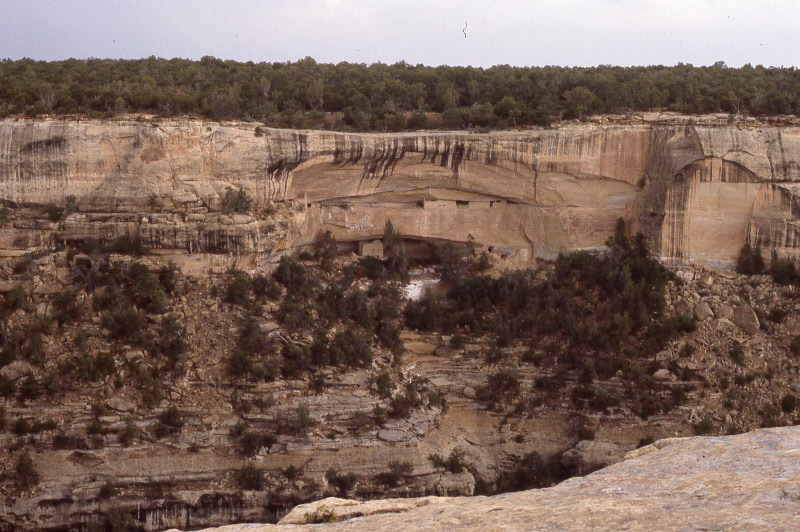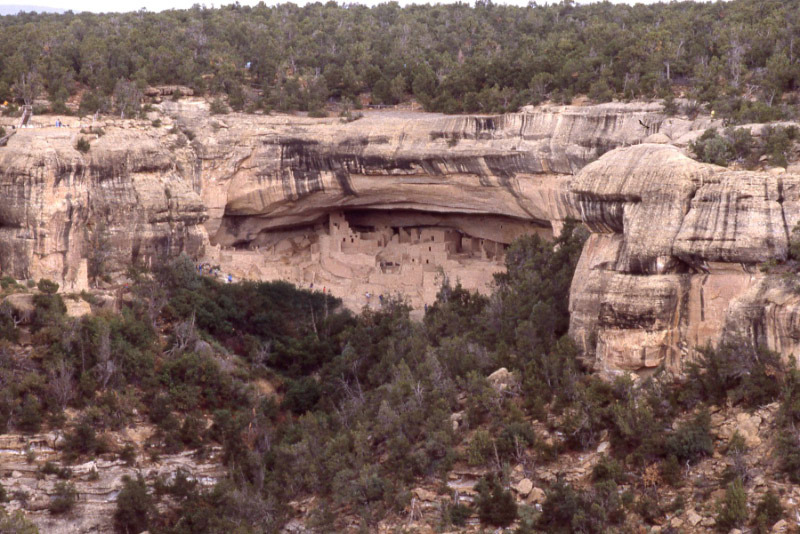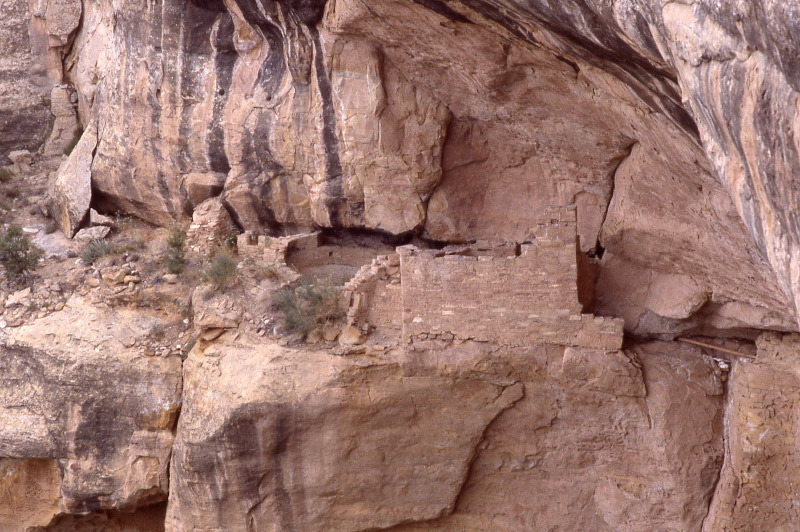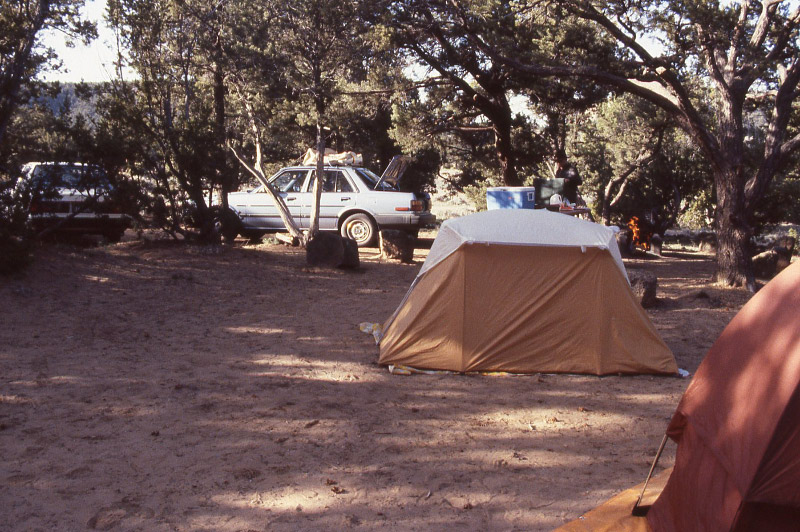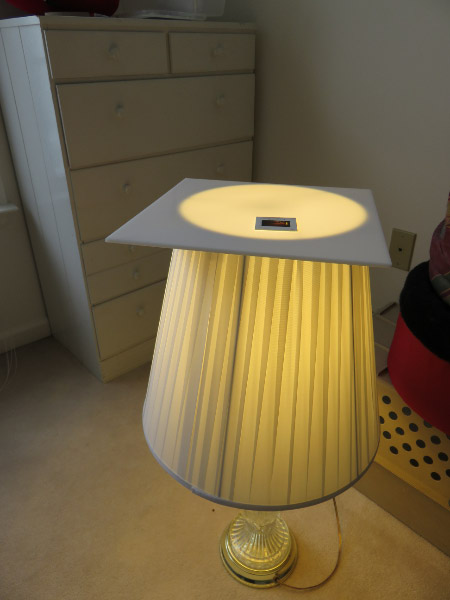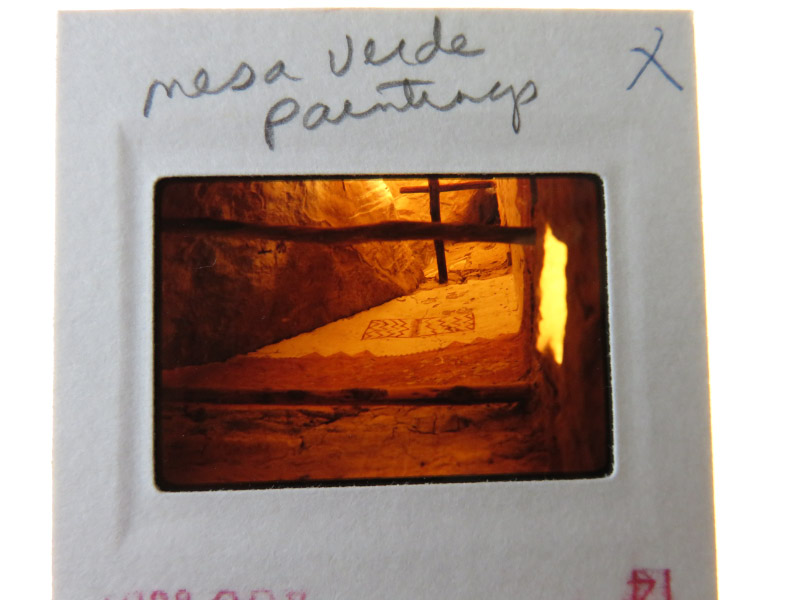Mesa Verde in 1980
/I posted a picture of our camp in Mesa Verde from August 1980. We cooked everything over a camp fire or on our Coleman stove. It rained every afternoon but we still managed to see quite a bit of the National Park. We drove around the park and got pretty good at spotting identified ruins and ones that seemed to be in every nook of the cliffs. Can you find the ruins in each of the images in the slideshow below?
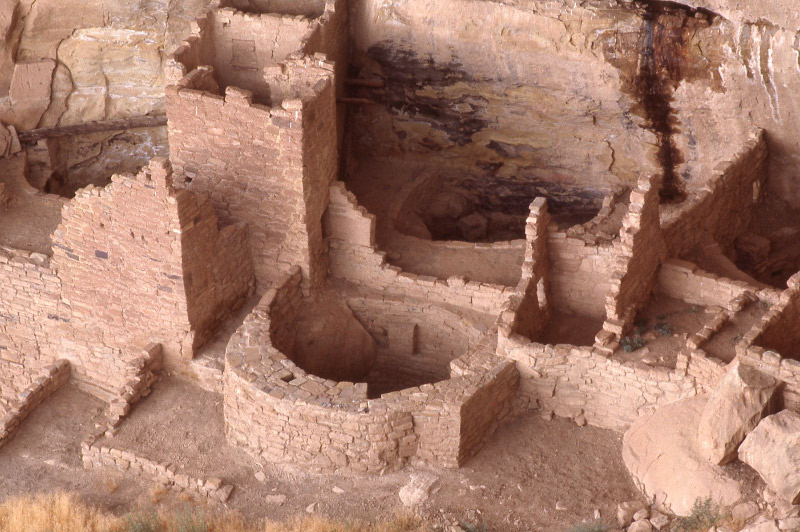
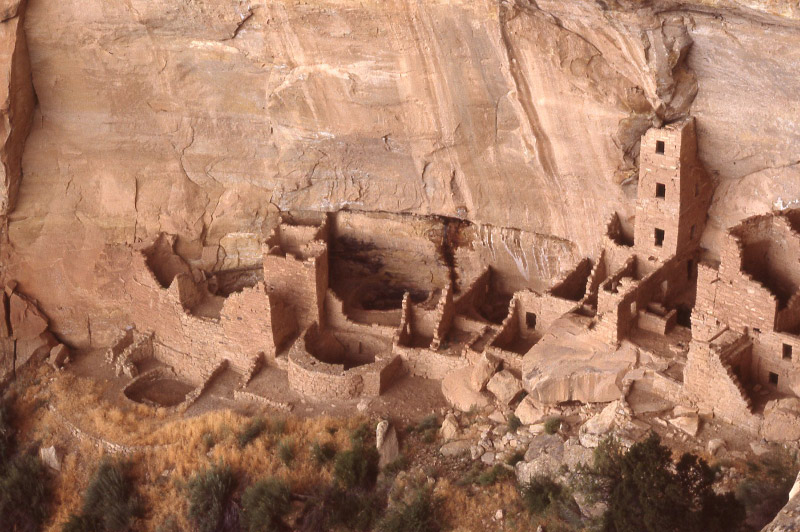
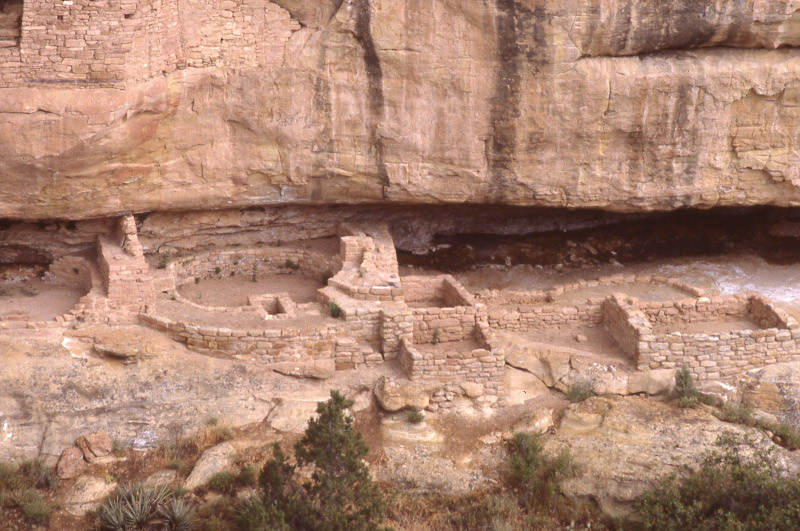
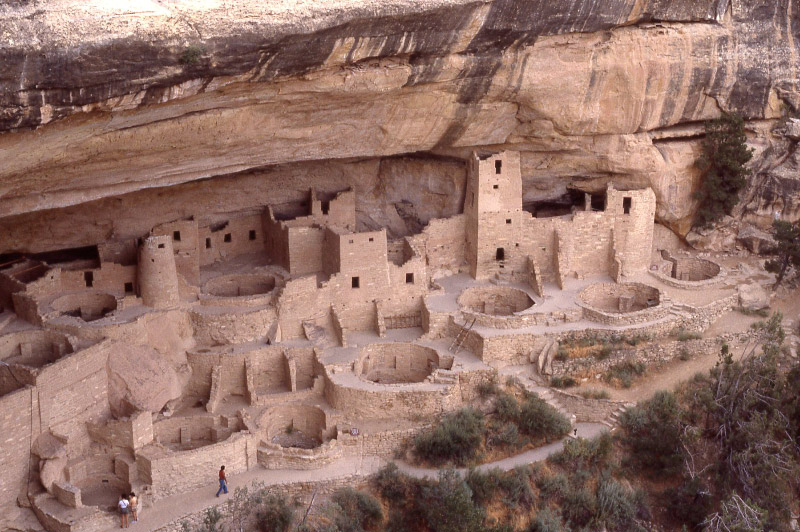
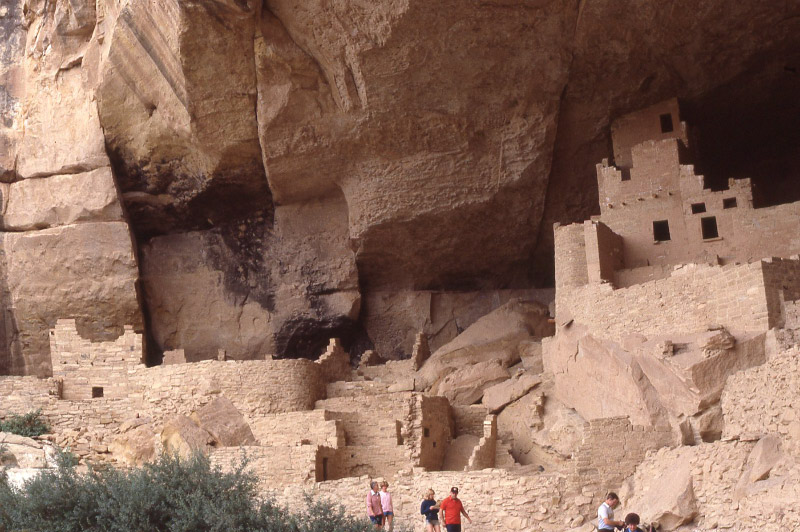
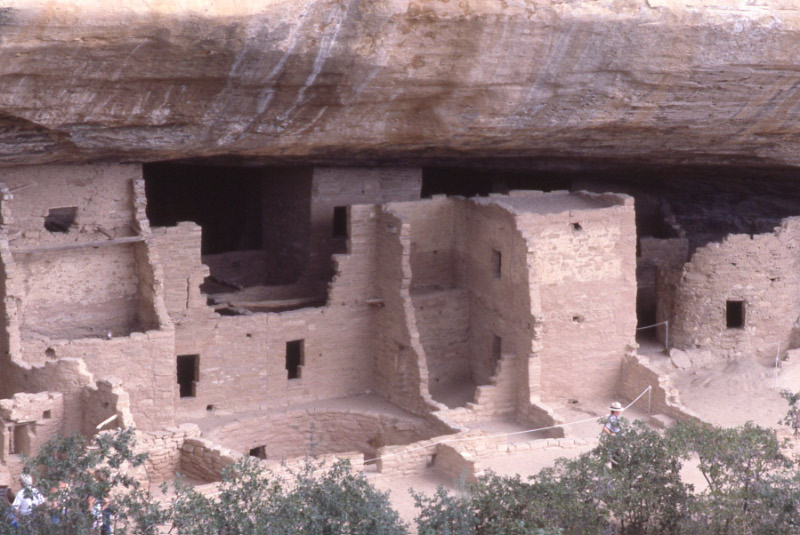
Of course – there are some that are possible to get a better view – close enough to see the complexity of the places. As I look at these now, I realize that they would have all had flat roofs when they were inhabited…and that would make them look very different.
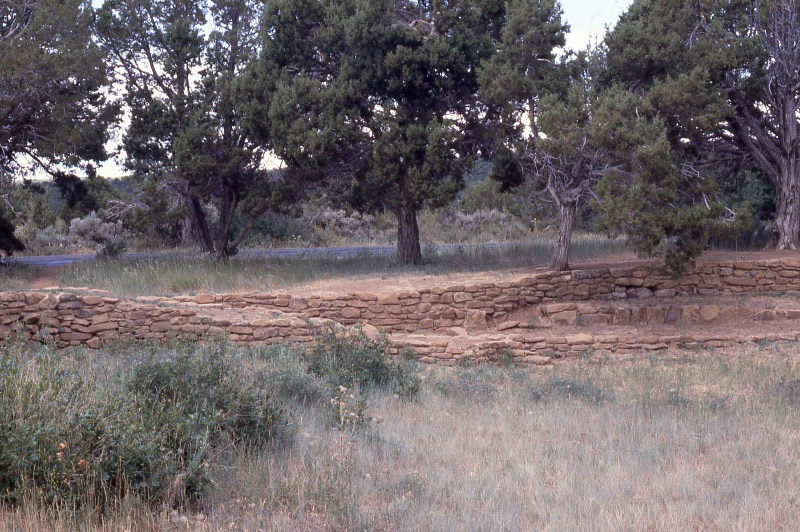
The pit houses on top of the mesa were quite different from the cliff dwellings structurally - and more exposed to the weather and enemies. I picked up a pinion pine cone at one of the stops and got sap on the dash of our car…and left the pine cone at the next stop.
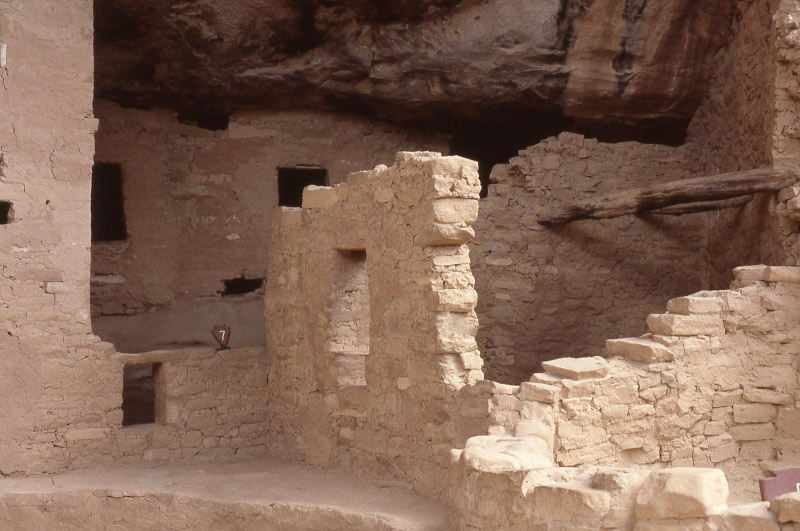
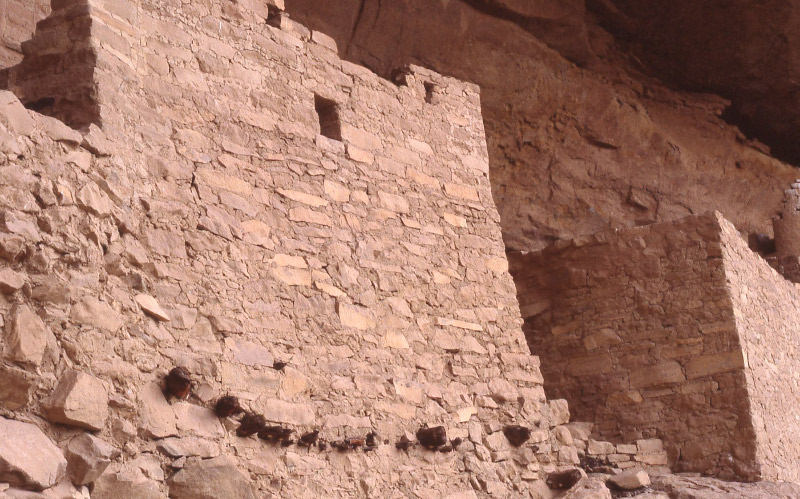
Closer to the dwellings, it was possible to tell more about how they were constructed – how beams were placed to make floors,
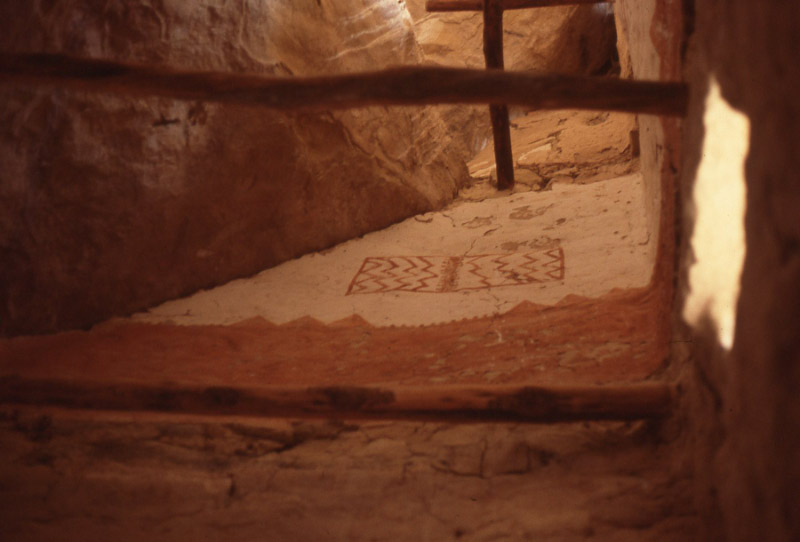
How the walls were plastered and designs painted on the inside,
Very narrow steps down into a kiva,
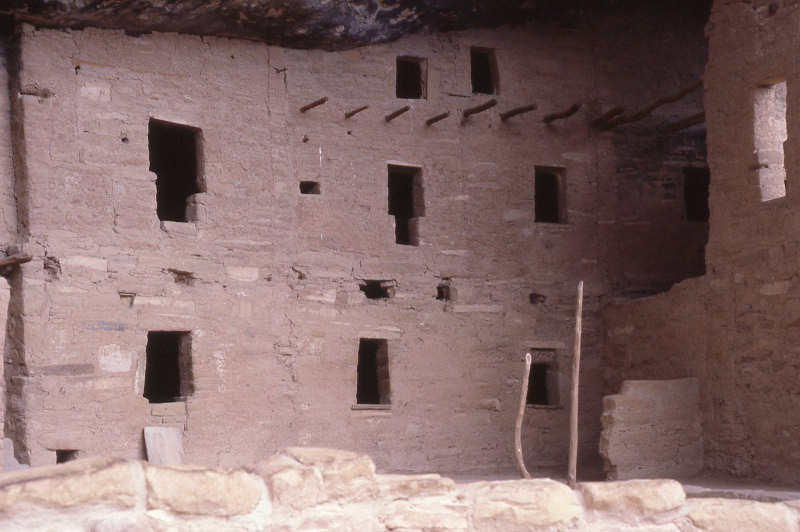
T shaped doors,
And a spiral made on a stone.
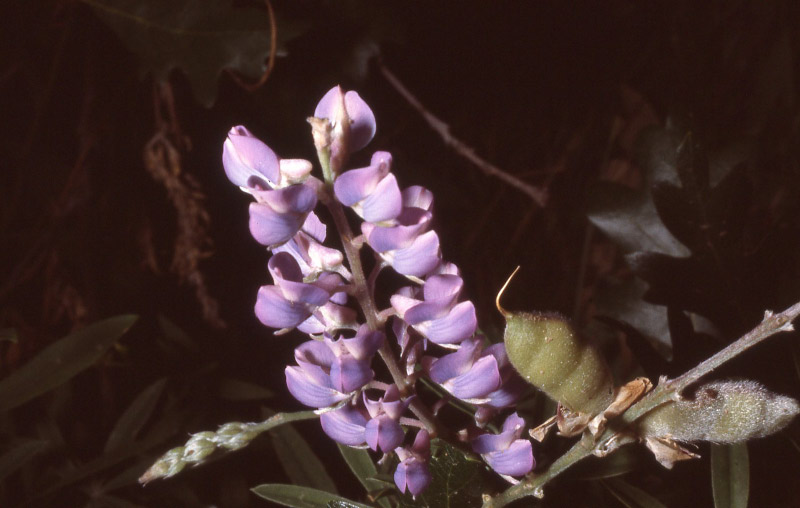
My husband enjoys botanical photography as much as I do….so there are those kinds of images in the set of slides as well.
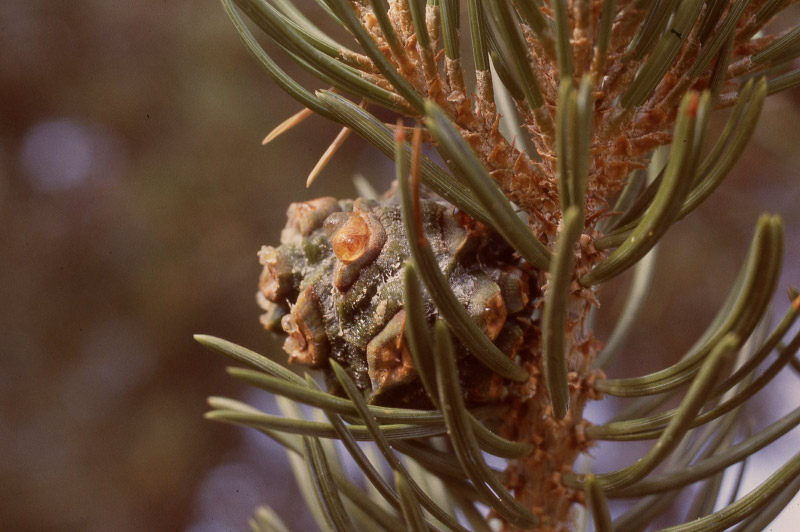
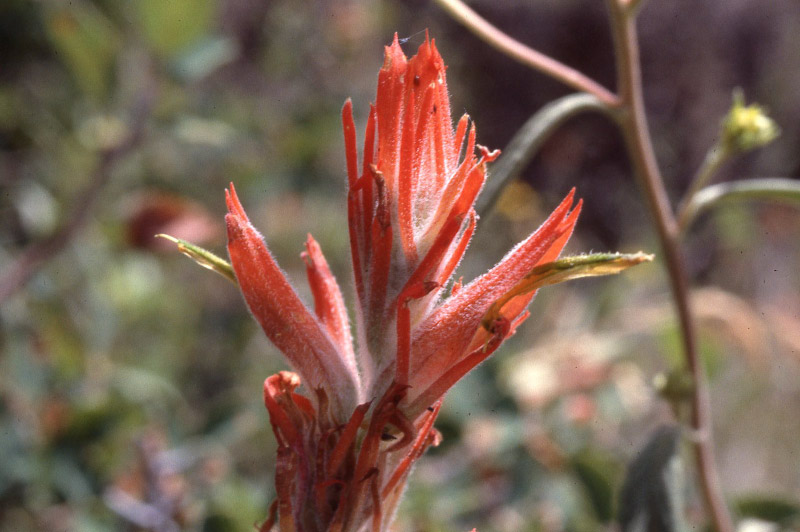
We haven’t been back to Mesa Verde since 1980. It would be interesting to see what has changed…what has stayed the same. This time my husband would not be the only one with a camera.

